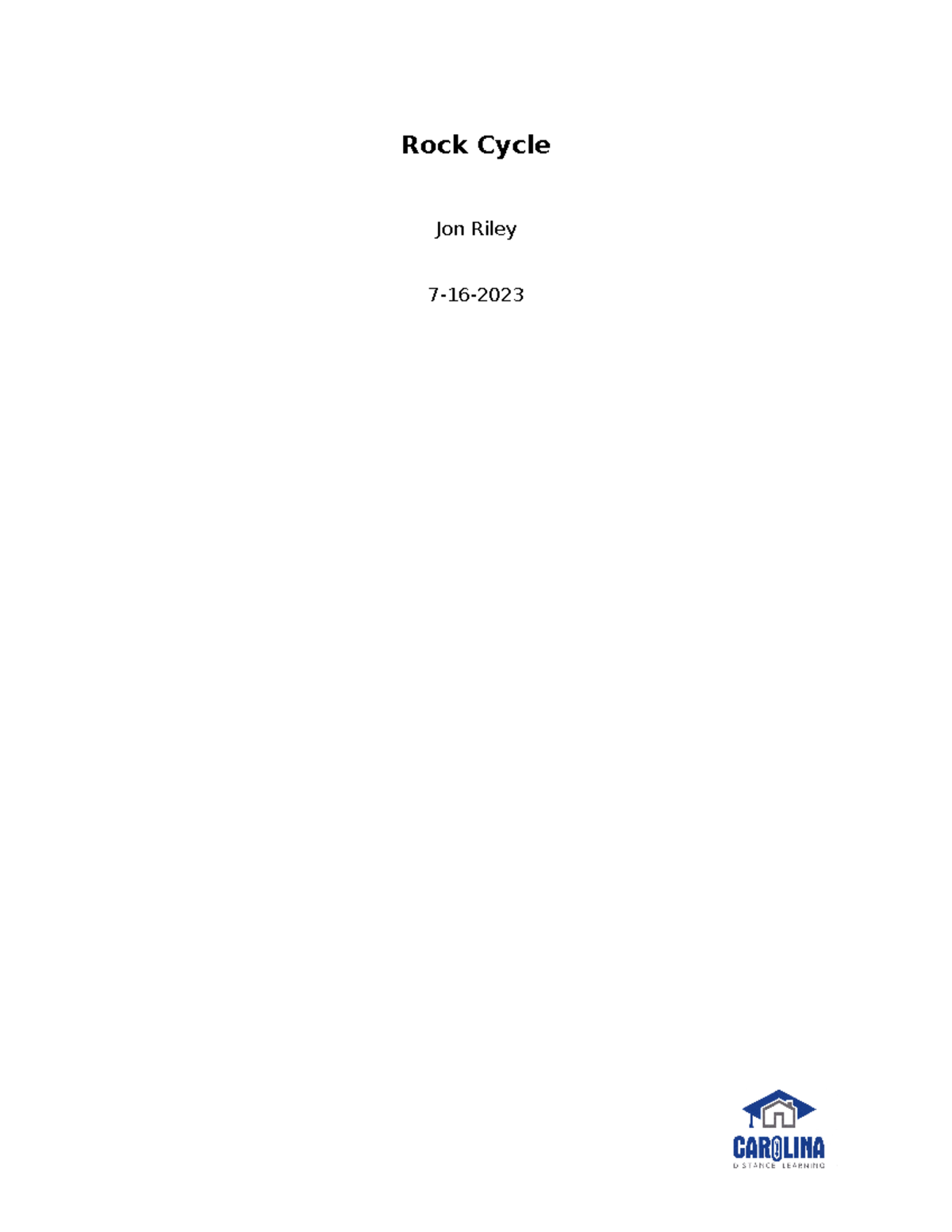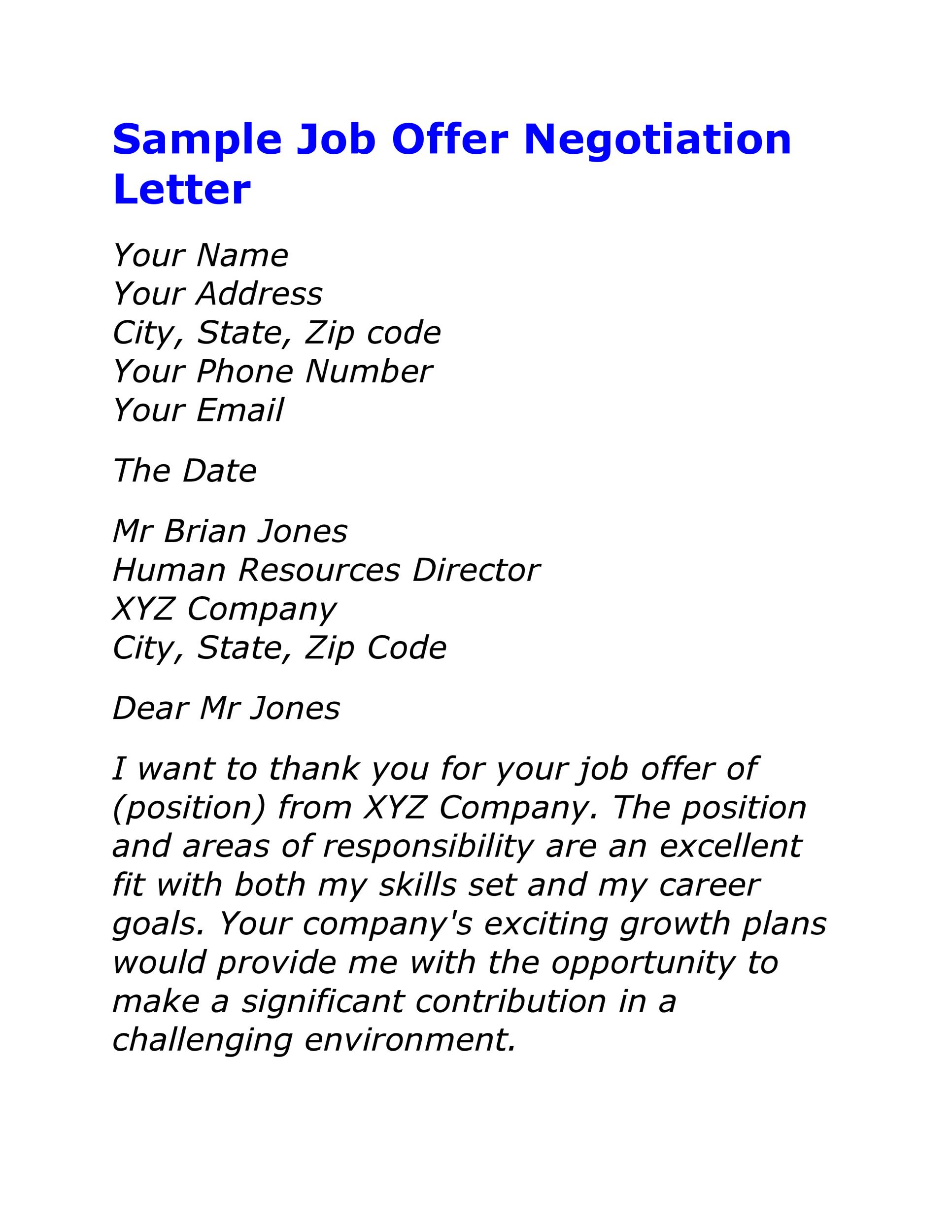The Ultimate Guide To Briefs: Types, Uses, And Best Practices

Table of Contents
Understanding the Purpose and Importance of Briefs
The core function of a brief is to provide concise, yet comprehensive information to guide a project or task. It serves as a central document, outlining objectives, strategies, and expectations, ensuring everyone involved is on the same page. Effective brief writing minimizes ambiguity and potential misunderstandings, leading to smoother workflows and improved outcomes. Using briefs offers numerous benefits:
- Improved Clarity: Briefs eliminate guesswork and ensure everyone understands the project goals and requirements.
- Reduced Misunderstandings: Clear, concise briefs minimize the risk of miscommunication and conflicting interpretations.
- Enhanced Efficiency: Well-structured briefs streamline workflows, saving time and resources.
- Better Collaboration: A shared understanding fostered by a comprehensive brief facilitates better teamwork and collaboration.
- Prevents Scope Creep: A detailed brief sets clear boundaries, preventing the project from expanding beyond its initial scope.
- Ensures Everyone is on the Same Page: From initial concept to final delivery, a brief keeps everyone aligned with the project's vision.
- Saves Time and Resources: By clarifying expectations upfront, briefs prevent wasted effort and costly revisions.
- Improves Project Outcomes: Clear communication and shared understanding lead to better results and increased client satisfaction.
Different Types of Briefs and Their Applications
Different professions and projects require different types of briefs, each tailored to specific needs and contexts. Here are some common types:
Design Briefs
Design briefs focus on visual communication. They outline the project's visual goals, target audience, brand guidelines, and the desired aesthetic. Key components include:
- Mood boards: Visual representations of the desired style and atmosphere.
- Style guides: Detailed documentation of brand colors, fonts, and imagery.
- Competitor analysis: An overview of competitors' designs and branding.
- Target audience personas: Detailed profiles of the intended users or viewers.
Example: A design brief for a new website would specify the website's purpose, target audience, key features, desired user experience, and branding guidelines.
Marketing Briefs
Marketing briefs outline marketing strategies, target audiences, campaign goals, and key performance indicators (KPIs). They provide a roadmap for marketing efforts, ensuring campaigns are aligned with overall business objectives. Essential elements include:
- Marketing objectives: Specific, measurable, achievable, relevant, and time-bound (SMART) goals.
- Target demographics: Detailed descriptions of the intended audience.
- Budget allocation: How much will be spent on different marketing channels?
- Marketing channels: Which platforms and methods will be used (e.g., social media, email, print)?
Example: A marketing brief for a social media campaign would detail the campaign's goals, target audience, budget, timeline, key performance indicators (KPIs), and the content strategy.
Project Briefs
Project briefs provide a detailed overview of a project, including timelines, deliverables, and resources. They are essential for managing complex projects effectively. Crucial elements include:
- Project goals: Clear, concise statements of what the project aims to achieve.
- Timelines: Key milestones and deadlines for completing various stages of the project.
- Budget: The allocated financial resources for the project.
- Resources: The people, tools, and materials required for project completion.
- Stakeholders: Individuals or groups who have an interest in the project's success.
- Risk assessment: Identification and mitigation of potential problems or challenges.
Example: A project brief for software development would specify the software's functionality, target users, technical specifications, development timeline, and budget.
Legal Briefs
Legal briefs summarize legal arguments and present evidence for a court case. They are meticulously crafted documents requiring a deep understanding of legal procedures and precedents. Key components include:
- Case summary: A concise overview of the case's facts and legal issues.
- Legal arguments: The legal basis for the client's position.
- Supporting evidence: Relevant documents, testimony, and other evidence.
- Case law citations: References to relevant legal precedents and statutes.
Example: A legal brief for a contract dispute would present the legal arguments supporting the client's claim, citing relevant case law and providing evidence to support their position.
Best Practices for Writing Effective Briefs
Creating effective briefs involves more than just listing information; it requires careful planning and attention to detail. Here are some best practices to follow:
Clarity and Conciseness
Use clear, precise language and avoid jargon. Aim for brevity without sacrificing essential details.
- Use active voice: Active voice makes your writing more direct and engaging.
- Short sentences: Keep sentences concise and easy to understand.
- Strong verbs: Use verbs that convey action and meaning effectively.
- Avoid ambiguity: Ensure that your language is unambiguous and leaves no room for misinterpretation.
Defining Objectives and Goals
Clearly state the purpose and desired outcomes of the project or task. Use SMART goals (Specific, Measurable, Achievable, Relevant, Time-bound). This provides a clear framework for the project's direction.
Target Audience Consideration
Tailor the brief to the specific audience receiving it. Consider their level of knowledge and adjust the language and level of detail accordingly. A brief for senior management will differ significantly from a brief for a junior team member.
Visual Aids and Formatting
Incorporate visual elements like charts, graphs, and images to enhance understanding. Use headings, subheadings, bullet points, and white space to improve readability and make the brief visually appealing. A well-formatted brief is easier to digest and understand.
Conclusion
Mastering the art of writing effective briefs is a crucial skill for success in any professional field. By understanding the different types of briefs, their applications, and best practices for creating them, you can significantly improve communication, streamline workflows, and achieve better project outcomes. Remember to always prioritize clarity, conciseness, and a thorough understanding of your target audience when crafting your briefs. Start improving your communication today by implementing these brief writing best practices. Download our free brief template to get started! (Link to template)

Featured Posts
-
 Analyzing The Karate Kid Part Iii Story Characters And Impact
May 23, 2025
Analyzing The Karate Kid Part Iii Story Characters And Impact
May 23, 2025 -
 Analyzing The Big Rig Rock Report 3 12 97 1 Double Q Metrics
May 23, 2025
Analyzing The Big Rig Rock Report 3 12 97 1 Double Q Metrics
May 23, 2025 -
 A Photographers Retrospective James Wiltshire And The Border Mail
May 23, 2025
A Photographers Retrospective James Wiltshire And The Border Mail
May 23, 2025 -
 Washntn Tshhd Hjwma Mtalbat Balhryt Lflstyn
May 23, 2025
Washntn Tshhd Hjwma Mtalbat Balhryt Lflstyn
May 23, 2025 -
 6 000 For Cannes Access Investigating The Pure Auteur Fuel Black Market
May 23, 2025
6 000 For Cannes Access Investigating The Pure Auteur Fuel Black Market
May 23, 2025
Latest Posts
-
 Airplane Safety Understanding The Statistics Of Close Calls And Crashes
May 23, 2025
Airplane Safety Understanding The Statistics Of Close Calls And Crashes
May 23, 2025 -
 Analyzing Ramaphosas White House Encounter Could He Have Handled It Differently
May 23, 2025
Analyzing Ramaphosas White House Encounter Could He Have Handled It Differently
May 23, 2025 -
 Trump Tax Bill Clears House After Late Night Negotiations
May 23, 2025
Trump Tax Bill Clears House After Late Night Negotiations
May 23, 2025 -
 Is A Best And Final Job Offer Really Final Negotiation Strategies
May 23, 2025
Is A Best And Final Job Offer Really Final Negotiation Strategies
May 23, 2025 -
 Negotiating A Best And Final Job Offer Is It Possible
May 23, 2025
Negotiating A Best And Final Job Offer Is It Possible
May 23, 2025
